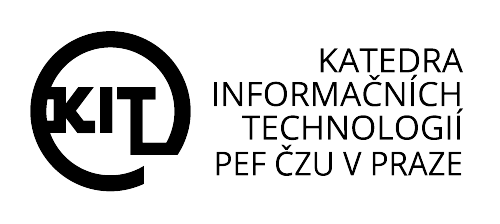A technological unit is a comprehensive set of technologies that together form a single functional system serving a specific purpose on an agricultural enterprise. It may include hardware and software elements that are either interconnected or perceived as a single system.
It is important to emphasize that the technological whole is defined primarily by the subjective perspective of the respondent - that is, by how you yourself perceive the individual components within your company.
General characteristics of the technological unit:
1. Single purpose: All components of the system are directed towards one main goal or function (e.g. feeding management, harvesting, yield monitoring, etc.).
2. Connectivity: Components are interconnected (e.g., through software, the internet, or physical connectivity), or you perceive them as a whole based on their function.
3. Supplier integrity: Often, but not always, all components come from a single supplier.
4. Subjective view: What you consider to be one technological entity may be perceived differently by another company - it depends on how you use and understand the system.
Examples of technological units:
1. Automated cattle feeding management system
– Description: A system that automatically prepares and distributes feed to stables.
– Components:
– Automatic feed mixers.
– Conveyors or feed wagons.
– Cleaning robot for maintaining hygiene in feeding corridors.
– Sensors monitoring feed intake.
– Bracelets for monitoring rumination and animal activity.
– Unified whole: If all these elements work together to ensure proper feeding and are interconnected, they form one technological whole.
2. Combine harvester yield monitoring system
– Description: Technology that monitors and analyzes yield data during harvest.
– Components:
– Sensors on the combine harvester measuring yields in real time.
– GPS system for locating the harvest in the field.
– Software for storing and analyzing data (e.g. yield maps, yield overview by hectare).
– Unified whole: If these components are linked (e.g. GPS data is stored in the system along with yields), you can consider them as a single whole.
3. Irrigation system with soil monitoring
– Description: An automated irrigation system that responds to soil needs based on moisture measurements.
– Components:
– Sensors measuring soil moisture and temperature.
– Automatic irrigation units.
– Software that evaluates data and triggers irrigation as needed.
– Unified unit: If all elements serve to properly control irrigation, it is a technological unit.
4. Machine condition monitoring including predictive maintenance
– Description: A system that monitors the operation of agricultural machinery and predicts their need for maintenance.
– Components:
– Sensors monitoring machine performance and wear.
– Central software evaluating the condition of machines.
– Notifications for fleet managers.
– Unified whole: If this system helps with overall monitoring and maintenance of machines, it forms a technological whole.
How to determine whether it is a technological unit?
Ask yourself the following questions:
1. Are the individual components intended for the same purpose?
2. Are they interconnected or do you see them as a collaborative unit?
3. Are they supplied by one supplier, or do their functionalities naturally complement each other?
4. Do you use them together for a specific activity in the company?
If you answer “yes” to most of these questions, it’s probably a technology entity.

